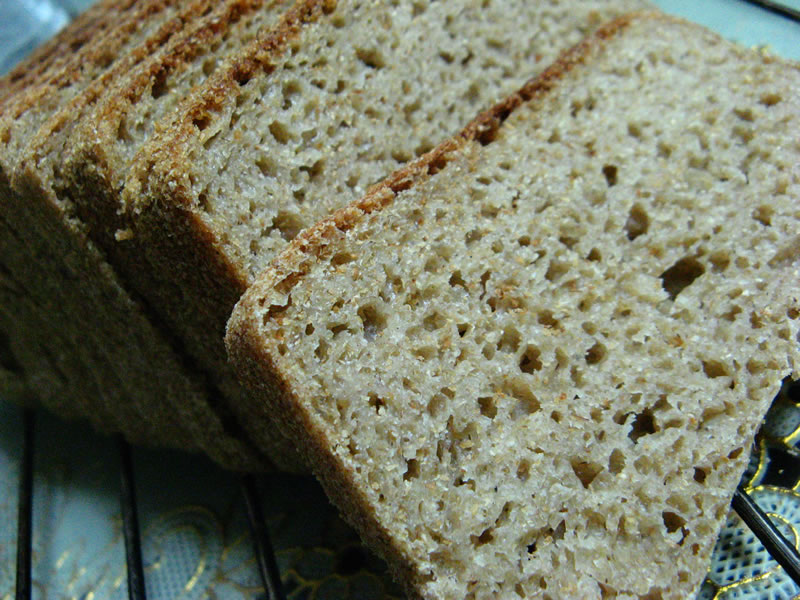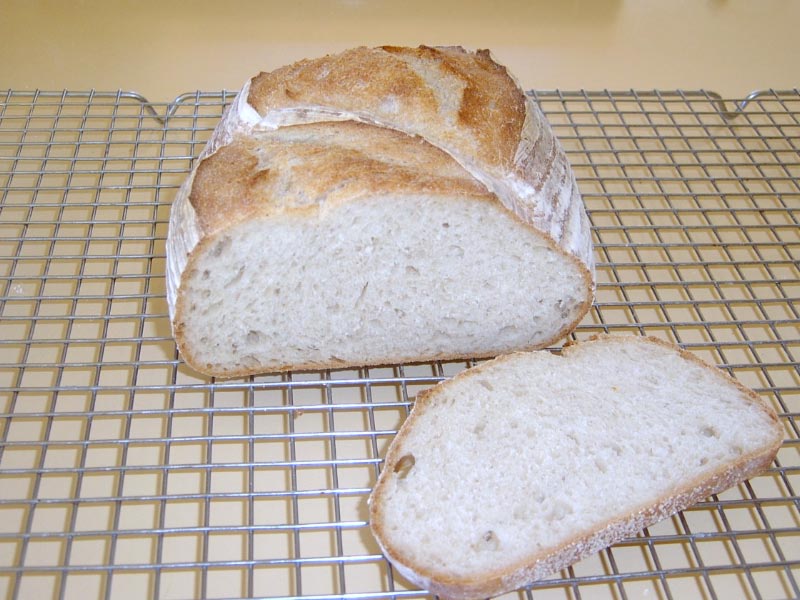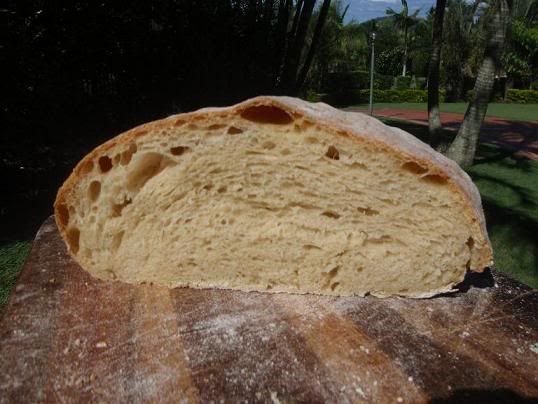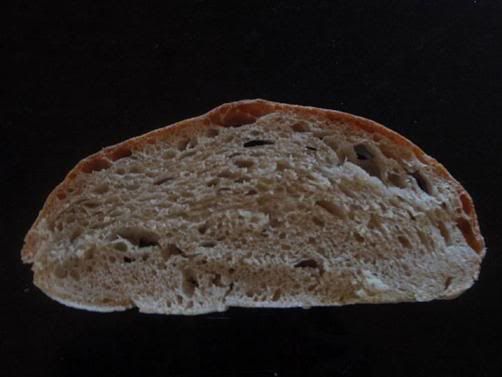Why Boosted Brown Rice Starter?
When I first had to give up gluten I had successfully been making seven-day sourdough rye bread (unfortunately full of gluten) using 100% dark rye flour. This goopy no-knead bread had an easy starter routine: once a day for seven days. The starter bubbled quickly and was quite beautiful to watch grow. I thought I could transfer my rye bread sourdough baking knowledge to gluten free baking but after many failures (that ended up in the compost pile) I realized I had to experiment. A plain brown rice flour and water starter took almost 6 days to start showing signs of activity and often by that time it was molding. The heaviness of the rice flour causes the starter solids to sink leaving the liquid on top. It seems hard for the bacteria to make their way through the heavy solids. I consulted with a knowledgeable gluten free sourdough baker who suggested I feed the starter every 8 hours and use a fermented drink called "Water Kefir" right in the starter on the first day. Water Kefir is a culture that is used to make a dairy free drink much like lemon soda. I purchased my grains and made the water kefir using water, sugar, raisins and lemon. It fermented in less than 48 hours and I put a few tablespoons of it into brown rice flour and water. I built the starter gradually feeding it every 8 hours until I had the amount I needed. I was happy to see activity beginning shortly after 48 hours. Each subsequent feeding created increasing activity with large and small bubbles and hissing sounds when I stirred it down. This very live starter easily leavened the bread recipe without the use of eggs, commercial yeast, baking soda, or baking powder which was of prime importance to me being allergic to eggs and sensitive to the other ingredients.
I call this starter "Boosted Brown Rice Starter" because I have boosted its activity with Water Kefir. I find I can get a dependable starter every time when I use water kefir as a booster.
Here are very succinct directions for making Water Kefir:
Nearly fill a wide mouth quart jar with water.
Add 2 tablespoons sugar, stirring to dissolve, 20 raisins and a slice of lemon or lime.
Add the contents of your bottle of water kefir grains into the quart jar.
Cover with a paper towel or cloth and secure with a rubber band.
When raisins float to the top, scoop them and the lemon slice out and discard.
Ferment the water kefir for 6 more hours on the counter with the paper towel.
Then store in fridge and use as needed.
When you have used the liquid down to about an inch in the jar start a new batch in a new jar and pour the water kefir grains plus the liquid their in right into the new jar, cover and ferment.
Water Kefir is a good tonic that strengthens the digestive system. Drink in small amounts before meals.
2 tablespoons is enough for bread starter. Water kefir gets fizzy with time and reminds me of super healthy 7-Up! It's a good tonic being full of probiotics and enzymes.
Water Kefir grains are available at Cultures for Health.
Good Luck,
Sharon
http://glutenfreesourdough.com












